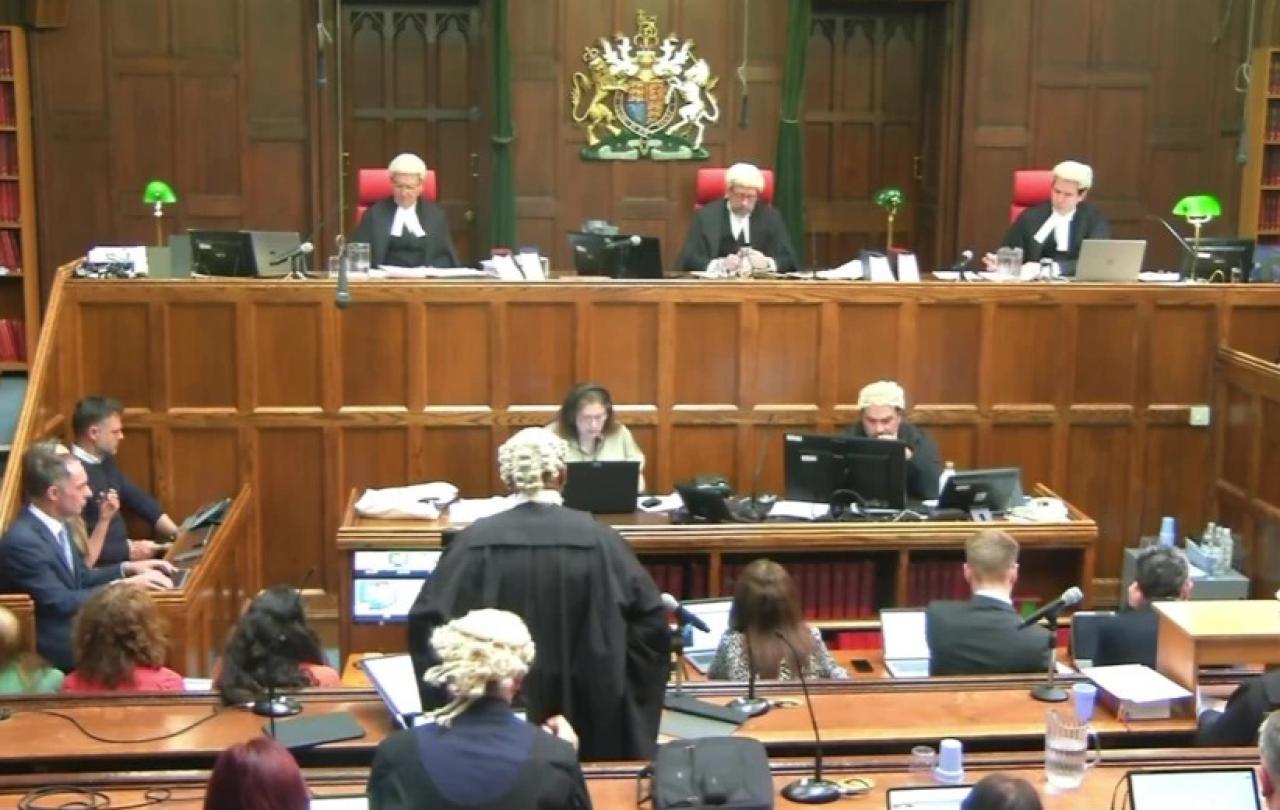
The quashing of the conviction this week of Peter Sullivan, who served 38 years in jail for a murder he did not commit – along with the release in 2023 of Andrew Malkinson, cleared of rape after 17 years inside – are deeply shameful. They are revolting stains not only on our judiciary, but on all those who politically invigilate it and on the rest of us who elect them. We should all be deeply ashamed.
As we peep through our fingers at these terrible travesties of justice and the lives that have needlessly been wrecked, it’s natural to ask what we do next. In the absence of time travel, we can hardly make it up to Messrs Sullivan and Malkinson.
But we can grapple with what they mean to us for the immediate future. Probably the first and easist thing to say is – if I may not so much mix a metaphor as summarily execute it – that they should hammer legislatively the final nail in the coffin of the death penalty.
Sullivan would doubtless have swung for the murder of florist Diane Sindall in 1986 that he did not commit, if execution by hanging (or by other means) had not been abolished in 1965. True, rape hasn’t been a capital offence since 1841, when the penalty became transportation (which was almost as irreversible as death).
But Malkinson’s case rather makes the point: The very fact that he was still incarcerated meant that he could be released. Let’s take a case in which no such remedy was available – Derek Bentley, say, who was hanged in 1953 for allegedly abetting the murder of a police officer and exonerated, a trifle late, in 1998.
The arguments of thornproof and white-knuckled proponents of the death penalty may be as swiftly dispatched as they would wish such innocent victims to be. They were probably “wrong ‘uns” anyway. Their sacrifice would have discouraged others from committing heinous crimes. The taxpayer shouldn’t have to pay for their decades in the slammer. Well, pah. Try telling any of that to the Sullivan family.
But these are not, to my mind, the biggest issues and, enormous as they are, that must make the biggest pretty gargantuan. I wish to address the business of redemption.
But we can ransom the present to redeem our future.
Now, when I mention this word to those holding the pitchforks, prodding people they despise towards the scaffold, they usually assume I’ve come over all pious and priestly. And I suppose I have. But they invariably misunderstand what we mean by redemption.
The assumption is that the victim of the miscarriage of justice can be redeemed if they are still alive. Their life is in some way redeemed from suffering. That’s true, so far as it goes, but it’s not really what we should mean by redemption in these circumstances.
The Latin root of the word refers to the buying back, or the paying of the ransom, of a slave to enable his or her freedom. The ancient scriptural usage of the word relates often to the saving actions of the Hebrews’ God, in redeeming his people from slavery in Egypt, and to the Christian culmination of that redeeming work at the cross (totally uncoincidentally, both events are commemorated at the Jewish Passover, that first divine covenant being, in Christianity, fulfilled in the second).
The debate down the ages has substantially concentrated on to whom the ransom of that latter redemption was paid. For some, it was paid to a vengeful and wrathful God, for others to a somewhat gullible Satan, who took the bait of pay-off. Either way, a debt was paid which released humanity from bondage and slavery.
The theology of this can only be satisfactory to a proportion of people who read it, whether believers or not. The important matter is to whom the act of redemption is of value. A slave who died building a pyramid for a pharaoh doesn’t seem to have been redeemed in any more meaningful sense than the young Bentley being pardoned 45 years after he was hanged. Exoneration isn’t redemption.
In the Christian tradition, it’s significant that the compilers of the gospels and the books thereafter develop less the idea of ransom to explain the cross, than the idea of deliverance from bondage that was its result.
And there the answer, rather than the victims, hangs before us. We can’t redeem the injustice of the past, anymore than we can give Sullivan and Malkinson back their lost years. But we can ransom the present to redeem our future.
To those who claim that murderers and rapists “get off” because of “loopholes” in the law, we say there are no loopholes, only the law. And we’re all enriched when we get the law right. So, ultimately, it’s not the wrongly convicted who are redeemed when justice is done and they’re finally released. It’s all of us.





